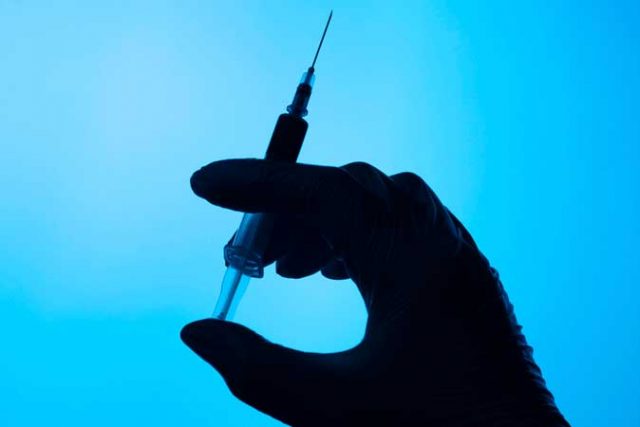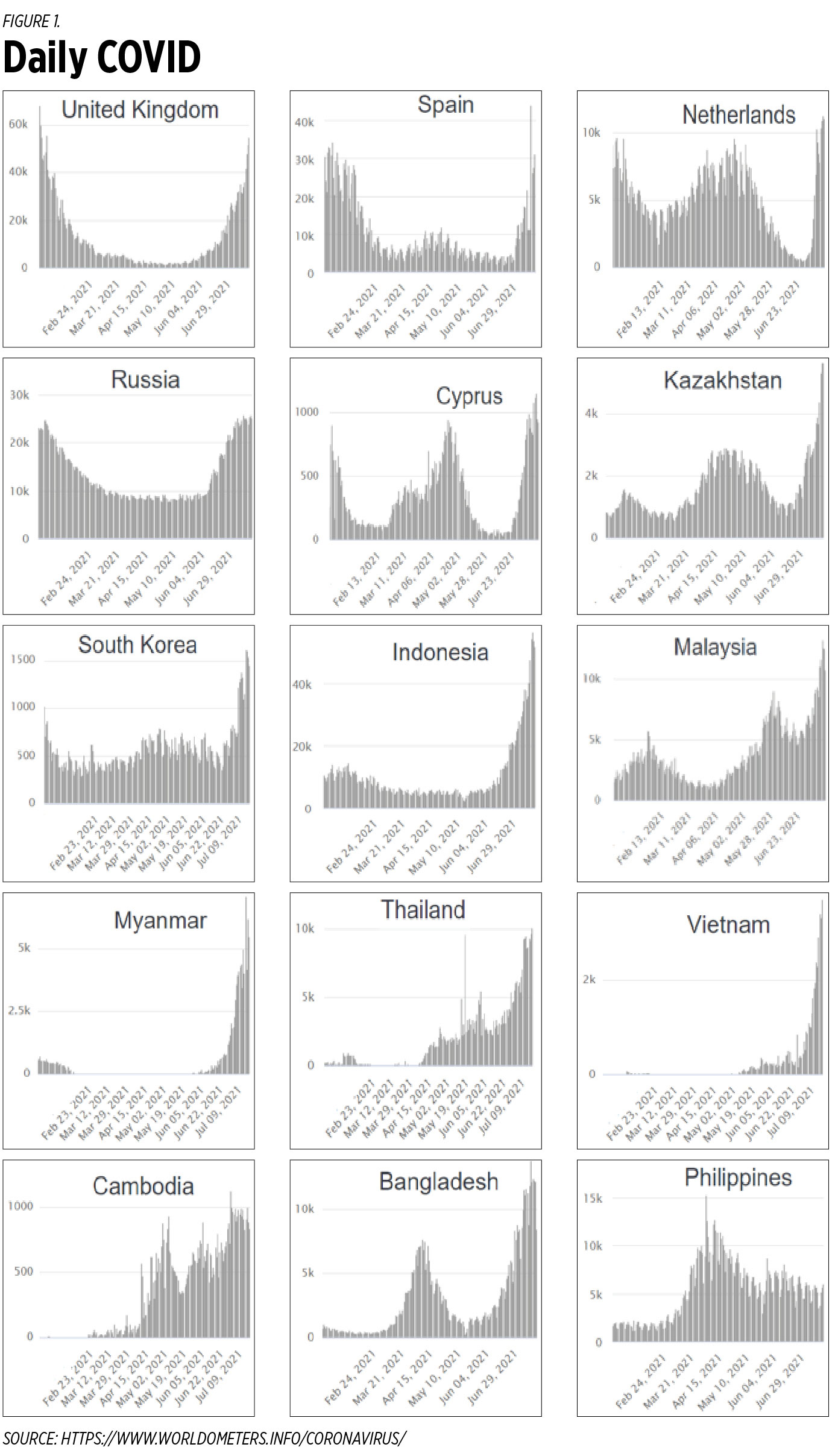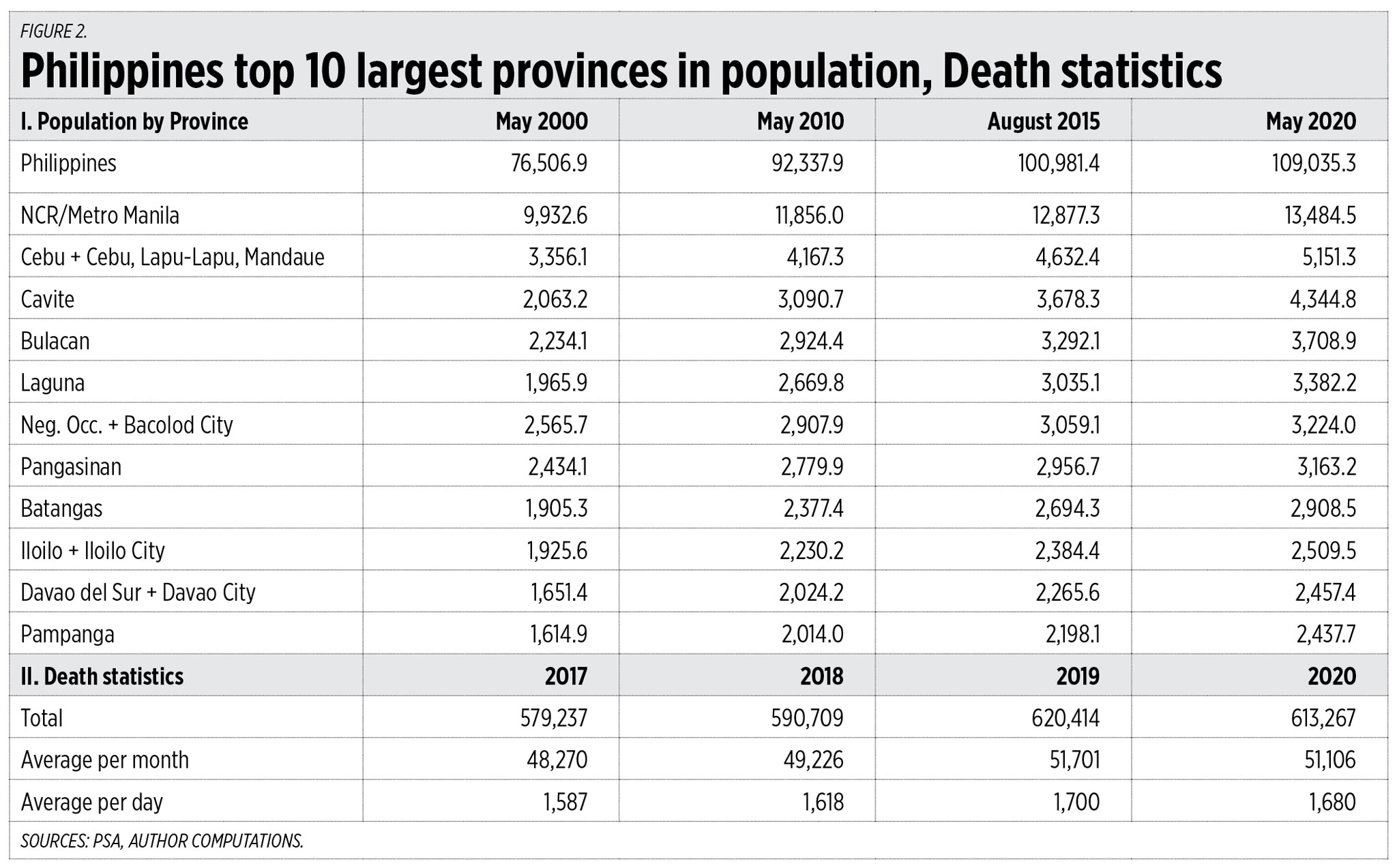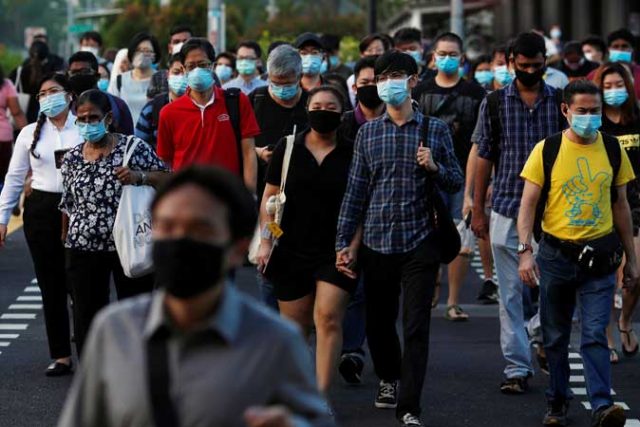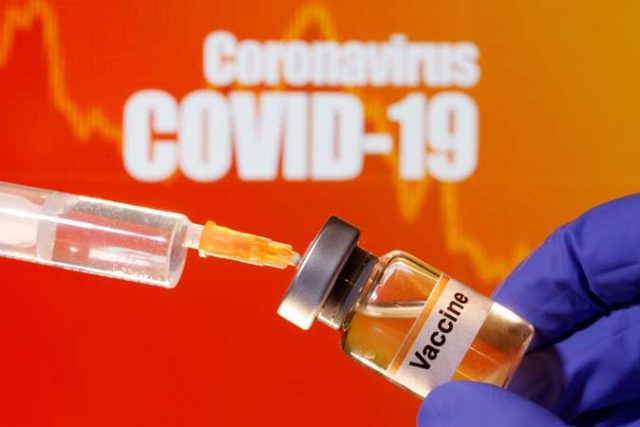A new survey firm was launched in an online forum on June 30. BOSES Pilipinas, which stands for Boses, Opinyon, Siyasat, at Siyensya para sa Pilipinas (Voices, Opinions, Research, and Science for the Philippines), promises to help Filipinos make informed decisions not only for the country’s next batch of leaders but also on issues affecting their daily life.
It aims to “secure the Filipinos’ voice on significant public policy issues,” Dr. Imelda Delina of BOSES Pilipinas, said. “Our unit would like to contribute further by deepening our understanding of public opinion not only to know what they are, but the whys and how they arrive at these opinions,” she added.
While the Ateneo School of Government and its public policy think tank, the Ateneo Policy Center, conceived of BOSES Pilipinas, experts from different universities and institutions in political science, economics, psychology, and mass communication, to name a few, will be invited to collaborate in gaining a deeper understanding of Filipino voters.
BOSES Pilipinas will adopt the use of both numbers-based and observation-based methods of study to collect data from its survey participants. Results of interviews will be intertwined with observations, analysis of media content, and focus group discussions to strengthen research findings.
“We are duty-bound to observe the highest standards of rigor, transparency and ethical conduct in our work. Our surveys will only be conducted after undergoing a university review, approval of our survey protocols and complying with ethical guidelines,” Dr. Delina elaborated. As the COVID-19 pandemic has made face-to-face interviews of randomly selected respondents difficult, the survey firm will use online, game-based surveys on social media to elicit responses.
I hope the new survey firm will provide new and better insights into the thinking of Filipinos with regard to issues with national implications. I have written here more than once that public opinion surveys are not useful in these times because the results of the surveys do not really reflect the true sentiments of the people. It is not that Social Weather Stations (SWS) and Pulse Asia do not report what their survey respondents say. I am sure they record and report faithfully what their respondents tell them. I hold it is the respondents who do not express what their true sentiments are.
I find it hard to believe that they are really satisfied with the performance of the President when he himself has admitted that he has failed to fulfill his campaign promises of eliminating the drug trade in six months, eradicating corruption, and reducing the crime rate. Not only that, he has displayed arrogance towards the common people as when he growled at jeepney drivers, “You’re poor? Son of a bitch, go ahead, suffer in poverty and hunger, I don’t care.”
Many survey respondents do not express their true sentiments because they are afraid to say something negative about President Duterte or are reluctant to say something favorable to his critics and political opponents. The President has shown a disdain for opposition to his agenda and to criticism. He has been harsh to those who reproached or opposed him like Senator Leila de Lima, Supreme Court Chief Justice Maria Lourdes Sereno, and news editor Maria Ressa. He has shamed publicly broadcast reporters who have rendered unfavorable reports about his decisions. He had caused ABS-CBN to be taken off the air.
Interviews are conducted face-to-face. The respondent’s name and address are written by the interviewer for purposes of verification of the interview by survey auditors. However, the respondent may be suspicious of the true purpose of the interviewer, a total stranger to him. To play it safe, respondents give answers pleasing to the President.
SWS and Pulse Asia have taken cognizance of this fear. SWS found out through its July 2020 National Mobile Phone Survey that 51% of Filipinos believe it is dangerous to print or broadcast anything critical of the administration, even if it is the truth. Last year, Pulse Asia President Ronnie Holmes admitted that fear cannot be ruled out as possibly influencing survey results. According to him, the interviewers note that respondents take time to answer sensitive questions.
Some political pundits claim survey respondents are not truly representative of the population. SWS and Pulse Asia draw their respondents at random so that the entire lot (it is called the sample in public opinion polling) is representative of the voting population. SWS’ and Pulse Asia’s sampling methods are in accordance with accepted general practice in the field of public opinion polling.
Precisely because the respondents are truly representative of the entire voting population that contradictions between the respondents’ positive perception of the President’s performance and the dire state of the nation surface. That is because the great majority of the respondents are not competent to pass judgment on the performances of public officials and government institutions.
According to the Philippine Statistics Authority (PSA), the Philippine population breaks down into 1% AB, 9% C, 60% D, and 30% E. If the sample of 1,200 respondents is representative of the voting population, as it should be, then only 12 respondents come from the socio-economic class AB and 108 from Class C. The bulk of the interviews therefore come from among the lower socio-economic classes — 720 from class D and 360 from class E.
The PSA describes the D class as the class who basically thrive on a hand-to-mouth existence and the E class as the class who face great difficulties in meeting their survival needs. Maybe it can be safely assumed that based on their circumstances in life, the highest educational attainment of the 1,080 respondents from the lower classes do not go beyond Grade 6.
The usual wording of the question asked in surveys about the President’s performance is as follows: “Are you very satisfied, somewhat satisfied, undecided if satisfied or dissatisfied, somewhat dissatisfied, very dissatisfied, or you have not ever heard or read anything about Rodrigo Duterte?”
We cannot tell what those who find President Duterte’s performance satisfactory base their opinion on. They are not asked why they are satisfied with his performance. It is not improbable that a large number of respondents do not understand the question at all. Not to appear ignorant of political issues they simply choose from the possible answers presented them the one they feel is a safe answer, like what they think the interviewer wants to hear or what would be pleasing to the President.
The results of a survey conducted by SWS in 2018 may give us an idea of the validity of survey results. SWS asked: Based on their overall performance, how do you feel about the performance of the Supreme Court and the Cabinet? Are you Very satisfied, Somewhat satisfied, Undecided if satisfied or not, Somewhat dissatisfied, Very dissatisfied.
The results of the survey showed the majority of the citizens belonging to the poorest economic class are satisfied with the Supreme Court and the Cabinet. The results can only be a collection of guesses. It is highly improbable that the uninformed or poorly informed people from the poorest economic class know what the Supreme Court and the Cabinet do or what they are. I venture to say if the same respondents were asked how they feel about the performance of Victoria Court and Polaris Steel Cabinet and presented the same possible answers, they would answer “satisfied.”
To extract more accurate information about the people’s opinion of the performance of the President, other high-ranking officials, and government institutions, I suggested to SWS that in addition to the first question on the degree of satisfaction about the President’s performance, this question should also be asked: What makes you feel the way you do about the performance of (name of official or institution)?
The suggestion was not heeded. I hope BOSES Pilipinas will provide not only the honest opinions of the people but why and how they arrive at those opinions.
Oscar P. Lagman, Jr. is a retired corporate executive, business consultant, and management professor. He has been a politicized citizen since his college days in the late 1950s.

